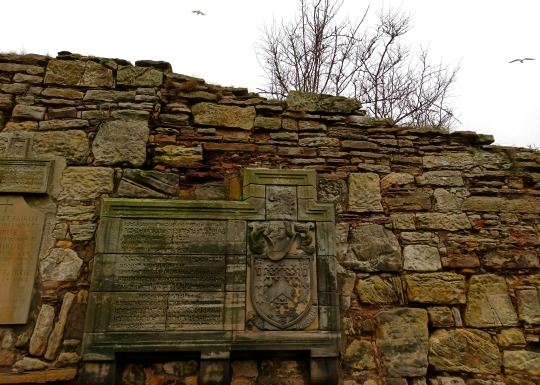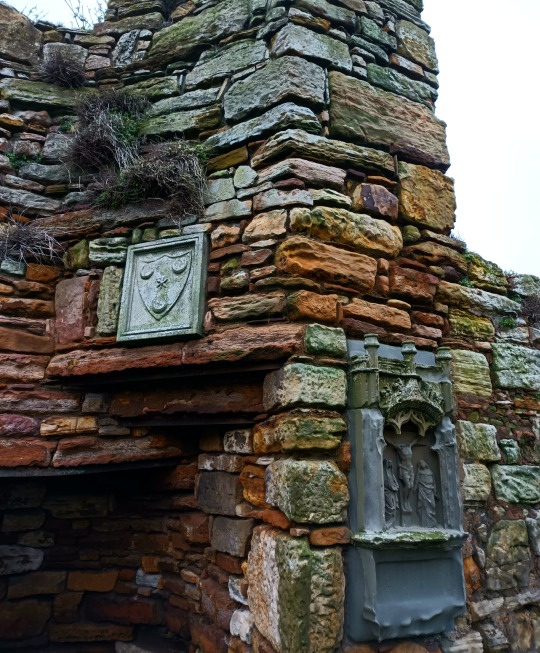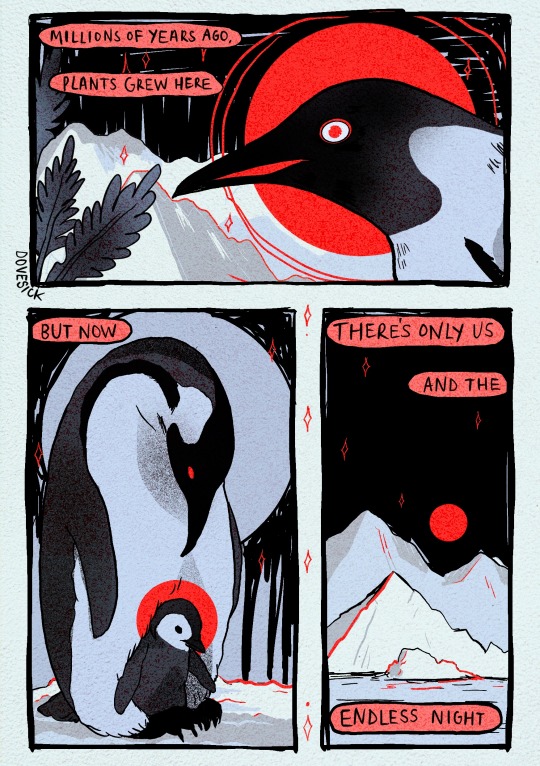Text
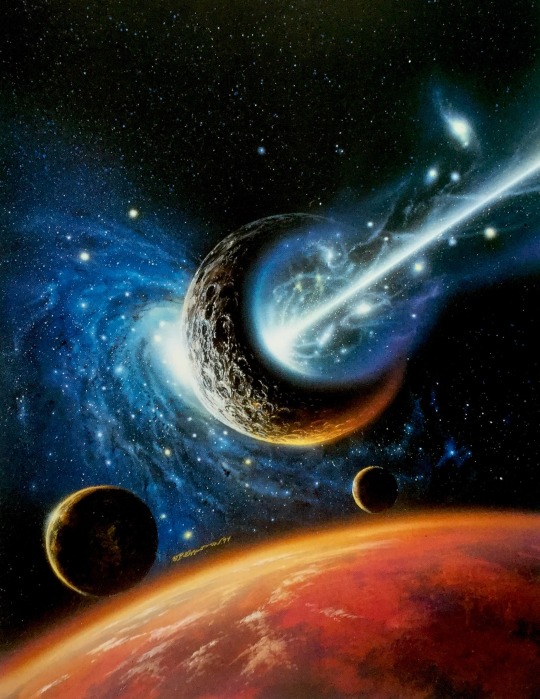




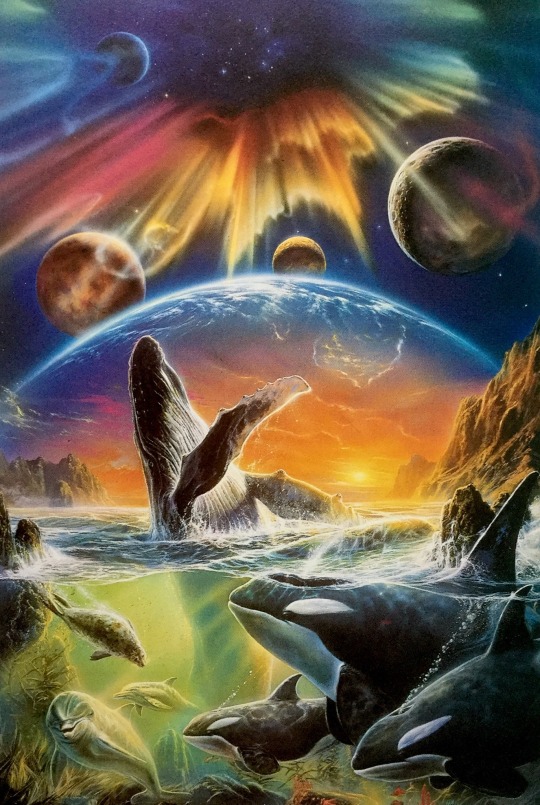


Art by Bob Eggleton. You can still find his book Alien Horizons: The Fantastic Art of Bob Eggleton (1995) on the second hand market for a not insane price
466 notes
·
View notes
Text


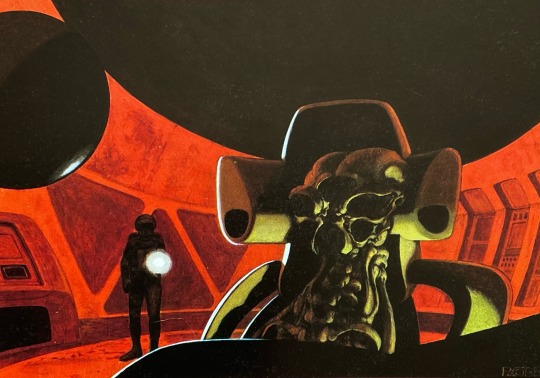
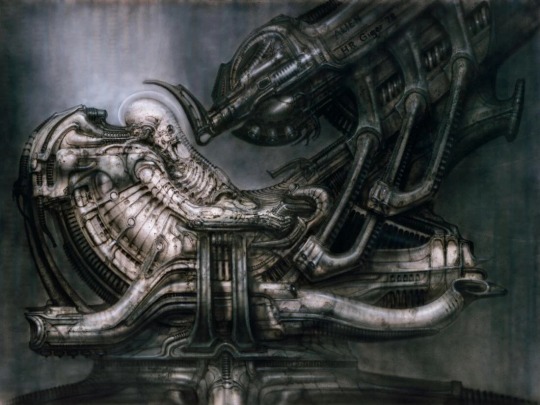
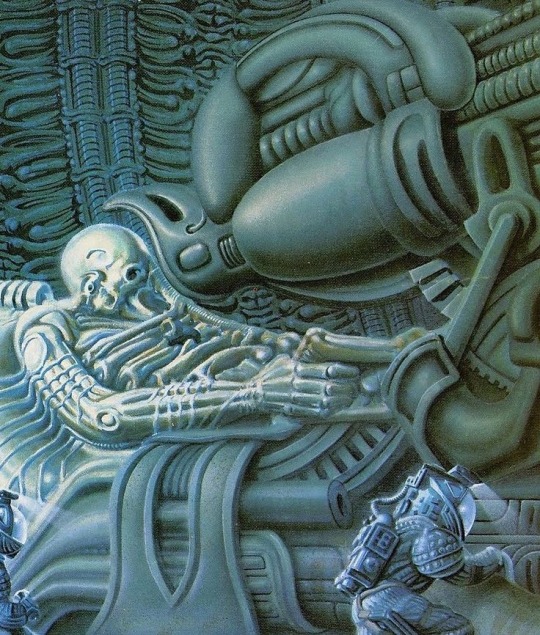
‘Space Jockey’ from Alien (1979) art by Ridley Scott, Moebius (contested), Ron Cobb, H.R. Giger, James Warhola
554 notes
·
View notes
Text
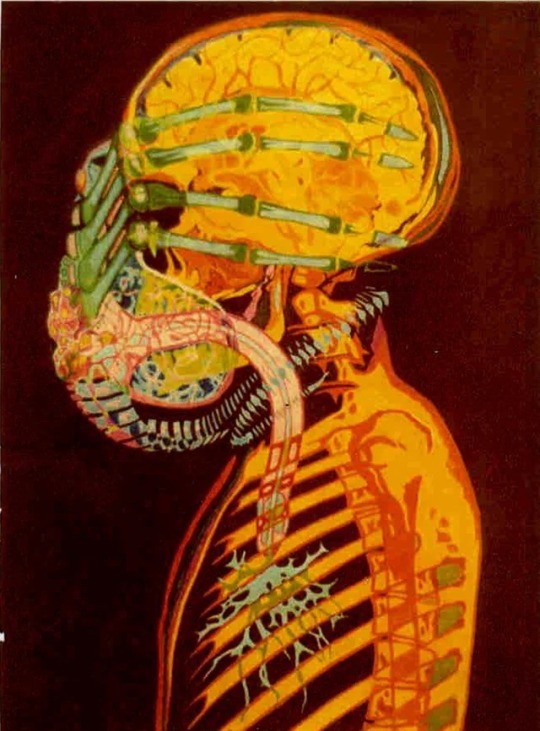
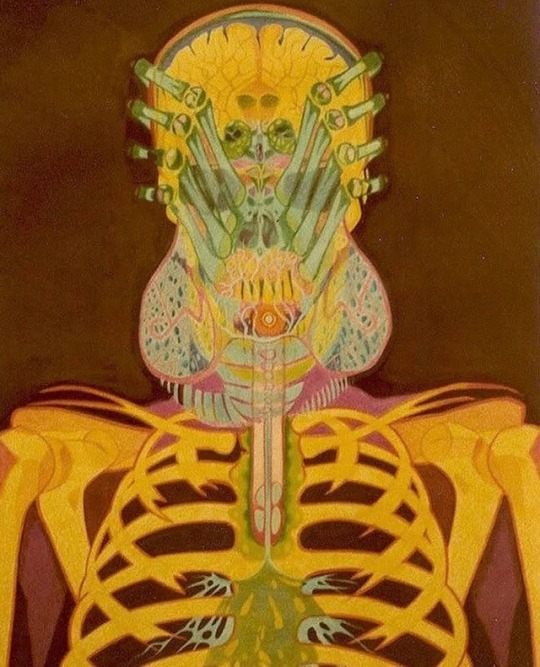


Joe Petagno’s facehugger concept art for Alien (1979)
2K notes
·
View notes
Text
Cassette Futurism: The future is saved 200KB at a time.
Domo arigato, Mr. Roboto.
Retrofuturism: This Restless Future | Sleepcore
Tokyo Futures: How Anime Predicted the Future | Retrofuturism and Animation
The underrated aesthetics of cassette Futurism | Jackerman 056
Retro Futurism in film and gaming. A vision of the future, from the past. | Kernatron
The future is saved 200KB at a time.
A place to share and discuss Cassette Futurism: media where the technology closely matches the computers and technology of the late 70s and early 80s.
Whether it's bright colors and geometric shapes, the tendency towards stark plainness, or the the lack of powerful computers and cell phones, Cassette Futurism includes: Cassettes, ROM chips, CRT displays, computers reminiscent of microcomputers like the Commodore 64, freestanding hi-fi systems, small LCD displays, and other analog technologies.
📼🕹️🎛️☢️













#cassette futurism#cassettefuturism#retro scifi#retro futurism#retro aesthetic#retrowave#sci fi#cassette#space#space marines#space ship#blade runner#silent running#cassetes#ROM#ROM chip#crt monitor#microcomputer#commodore#c64#dashboard#car#cars#hi fi stereo#80s aesthetic#kraftwerk#alien#aliens#lcddisplay
5 notes
·
View notes
Text
3rd February 1414 – University Privileges Arrive in St Andrews
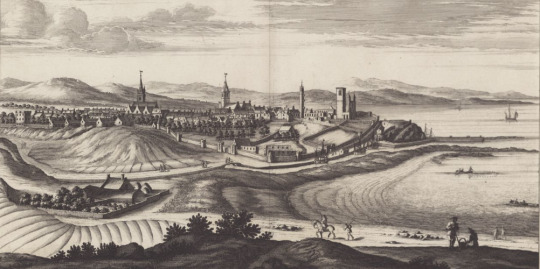
(John Slezer’s engraving of the prospect of St Andrews, c.1693. Reproduced under the terms of the Creative Commons Attribution licence, with the permission of the National Libraries of Scotland)
On 3rd February 1414, papal bulls which confirmed the privileges of a new university finally arrived in the cathedral city of St Andrews. Several days of celebration followed, marking the formal establishment of Scotland’s first university, an institution which is still in existence today.
For most of the Middle Ages, Scots who aspired to study at university had to travel outwith the kingdom. Although Scottish students travelled all over Europe, initially they favoured the English universities of Oxford and Cambridge, at least before the outbreak of the Wars of Independence. Although some still crossed the border in pursuit of knowledge afterwards, most Scots then turned to continental universities: chiefly Paris, but also Orleans, Louvain, Bologna, Cologne, and others. Thus the small number of Scots who attended university gained a distinctly international outlook and exposure to the latest new ideas. However by the late fourteenth century some Scottish clergymen were increasingly convinced of the need for a Scottish university. Foreign travel was dangerous and expensive, and there were also political obstacles such as the ongoing Hundred Years’ War between England and France. Then came the Great Schism of 1378, when first two, then three different men set themselves up as pope in opposition to each other. Various mediaeval kingdoms declared their support for one or other of the rival popes and this was often dictated by political allegiance- for instance England supported the popes in Rome while Scotland supported the Avignon popes. But when the French abandoned their allegiance to the Avignon claimant Benedict XIII in 1408, the clergy of France and Scotland found themselves on opposite sides, making things difficult for Scottish students at French universities.
Something had to be done. Accordingly, in 1410, a small group of men gathered in the cathedral city of St Andrews in Fife, and began offering lectures on subjects such as theology, canon law, philosophy, and logic. Their choice of location might seem strange to 21st century eyes, but in the early fifteenth century St Andrews was the seat of Scotland’s most important bishop, and a major pilgrimage centre, and so the burgh was already home to many learned clerics. The first group of teachers at the embryonic university included Richard Cornell, a doctor of canon law and archdeacon of Lothian; William Stephenson, later Bishop of Dunblane; John Scheves; John Litstar; John Gill; William Croyser, later archdeacon of Teviotdale; and Master Laurence of Lindores, who was already the pope’s inquisitor of heretical pravity in Scotland. These early professors received the blessing of Henry Wardlaw, bishop of St Andrews, who issued a formal charter of privileges in 1412. However, to become a true university, St Andrews would have to obtain a papal bull confirming these privileges and establishing it as a recognised centre of higher education. A campaign for papal approval was soon underway and assistance was even sought from the nineteen-year-old King James I, then a prisoner in England. Together Bishop Wardlaw and the King of Scots wrote to the pope (or antipope?) Benedict XIII, requesting that the fledgling school at St Andrews be formally erected into a university.
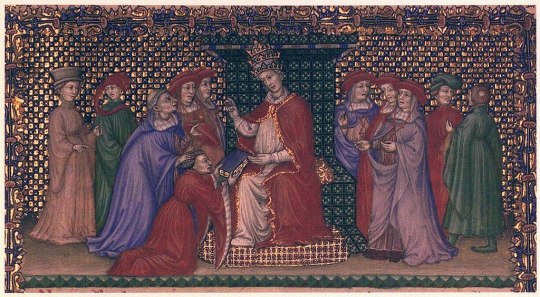
(A fourteenth century depiction of antipope Benedict XIII, in Biblioteca Apostolica Vaticana, Vat. lat. 1777, fol. 1r. Source: Wikimedia Commons)
Finally, on 28th August 1413, at Peñiscola in the kingdom of Aragon, Benedict XIII confirmed the privileges of the new university in not one, but six papal bulls. The first referred to the petition recently submitted, outlining some of the arguments the bishop and king and had made to support their request, such as the dangers of war and captivity and the suitability of St Andrews as a site for a university. Because of this, as well as the ‘singular devotion’ which the king and his realm had shown, and ‘considering also the peace and quietness which flourish in the said city of St Andrews and its neighbourhood, its abundant supply of victuals, the number of its hospitii and other conveniences for students, which it is known to possess’, Benedict agreed to their request. The first bull therefore established the university and empowered it to grant degrees. The second bull permitted any Scot who held a benefice to study and teach at the university, without losing any revenue from the benefice, so long as they appointed competent vicars to look after their flocks. The third bull covered much the same ground as the second, but also charged the Abbot of Arbroath, the Archdeacon of Galloway, and the Provost of the collegiate church of St Mary of the Rock (in St Andrews) with responsibility for ensuring that its provisions were upheld. The fourth bull recapitulated and confirmed the privileges already granted to the university by the bishop and prior of St Andrews, including the exemption from taxation given to all members of the university, and exemption from customs duties when buying and selling (and the same to any trades dependant on the university such as stationers, parchment-makers, transcribers, and servants). It also set out guidelines for resolving disputes between the university and the baillies of the burgh. The fifty bull entrusted the ‘care and inspection’ of the university to the bishop of Brechin and the archdeacons of Glasgow and St Andrews, while the sixth bull, referring to the difficulties faced by Scottish students who had to study in ‘countries infected with schism’, allowed those students to continue their studies and receive degrees at St Andrews instead. The year when these bulls were issued- 1413- is considered the true date of foundation for the university. But these six large documents still had to be brought home from Spain and it would take over five months for the precious bulls to arrive in Scotland, carried by a licentiate in arts named Henry Ogilvie.
When Ogilvie finally arrived in St Andrews on Saturday 3rd February 1414, bearing the long-awaited privileges, the clergy and people of the burgh exploded in celebration. The fifteenth century historian Walter Bower was a canon of St Andrews Cathedral at the time and included an eyewitness account of the proceedings in his ‘Scotichronicon’. As soon as the news of Ogilvie’s arrival became known, the air filled with a joyful cacophony as the bells of every church tower in the burgh rang out to welcome him. On the following day, which was a Sunday, the bulls were formally presented to Bishop Wardlaw in the packed refectory of the cathedral priory. The documents were then read aloud, following which strains of the familiar Latin hymn ‘Te Deum Laudamus’ echoed through the cathedral as the assembled clergy and canons processed to the high altar singing. There the bishop of Ross, Alexander de Waghorn, led the community in the versicle of the Holy Spirit (apparently a call and response type invocation to the Holy Spirit), and the collect Deus Qui Corda (a common prayer often associated with the ordination of priests and the attestation of relics). The clergy then spilled out of the cathedral precinct into the town where they celebrated for the rest of the day, drinking wine and setting up bonfires in the streets. A day of rest followed on the Monday, but the festivities continued on Tuesday the 6th, when a solemn procession and mass were organised to coincide with the feast of the burgh’s relics. This time, the bishop of Ross preached a sermon and the prior James Bisset celebrated the mass of the Holy Spirit. Walter Bower claimed that the beadles counted over four hundred clerics and monks taking part in the procession, ‘together with an astonishing crowd of people.’ Decades later, Bower still recalled the festivities with a sense of awe:
‘Who can easily give an account of the character of that procession, the sweet-sounding praise of the clergy, the rejoicing of the people, the pealing of the bells, the sounds of organs?’
When the celebrations died down, the growth of the new university continued apace. Eleven bachelors graduated that year, most having studied elsewhere, but the university found new students of its own quickly enough. By modern standards student numbers remained small, and the early university had no permanent buildings of its own until the mid-fifteenth century. For the rest of the Middle Ages it remained mainly a first degree institution, with most students who wanted to continue their studies beyond Masters level still opting to travel abroad. But there is no doubt that the establishment of Scotland’s first university was an important development in a rapidly changing world. Unlike certain other institutions of its time it has lasted the ages, surviving not only James I’s attempts to have the early university moved to Perth in the 1420s, and the foundation of its rivals at Glasgow (1451) and Aberdeen (1495), but also the threat of English attack during the Rough Wooing, the disturbances of the Reformation and the Wars of the Three Kingdoms, and the decay of the eighteenth century. The cathedral and castle lie in ruins, but because of its university (and golf), the town of St Andrews is still known throughout the world today.

(John Geddy’s map of St Andrews, c.1580. Reproduced under the terms of the Creative Commons Attribution licence, with the permission of the National Libraries of Scotland)
Selected Bibliography:
- ‘Scotichronicon’ by Walter Bower, Abbot of Inchcolm. I used volume 8, in the version edited and translated by D.E.R. Watt.
- ‘Report of the Royal Commission appointed to enquire into the Universities of Scotland’, vol. 3. This includes copies of the original Latin papal bulls- an English translation can be found in C.J. Lyon’s ‘History of St Andrews’.
- ‘Acta Facultatis Artium Universitatis Sanctiandree’, vol. 1, edited by A.I. Dunlop
- ‘The Beginnings of St Andrews University’, by J. Maitland Anderson, in the Scottish Historical Review, vol. 8, no. 32 (July 1911)
- ‘James I of Scotland and the University of St Andrews’, by J. Maitland Anderson in the Scottish Historical Review, vol. 3, no. 11 (April 1906)
- You can view an image of one of the original papal bulls here, courtesy of the museum and library of the University of St Andrews
17 notes
·
View notes
Text

Every Thursday from 1 pm till 2.30 pm. Eco Hub, Kinnessburn Road.
0 notes
Text

Please come along this week from 7:30-8:30pm for some free hot catered food! Help @sparespoon_sta reduce food waste from university halls
— at Rector's Café.
0 notes
Photo

Art for ‘Close Encounters of the Third Kind,’ by Ron Weidner, 1978
4K notes
·
View notes
Text
Turn a three mile hike into a five mile hike with this one simple trick: constantly pace back and forth to look at neat rocks.

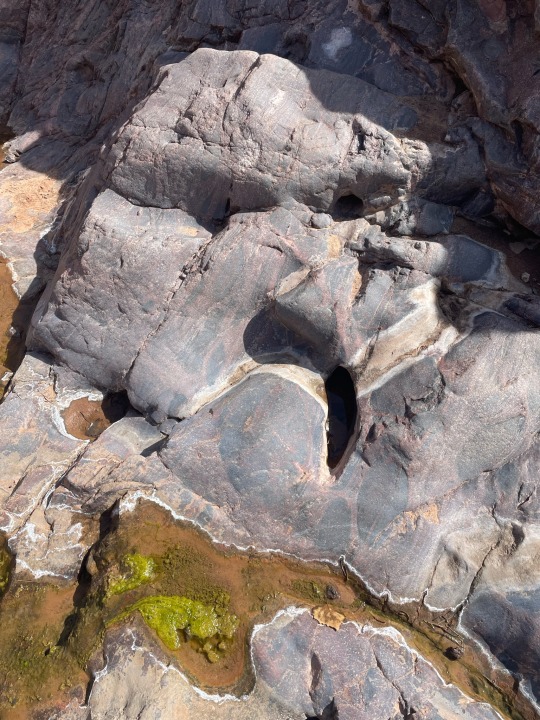
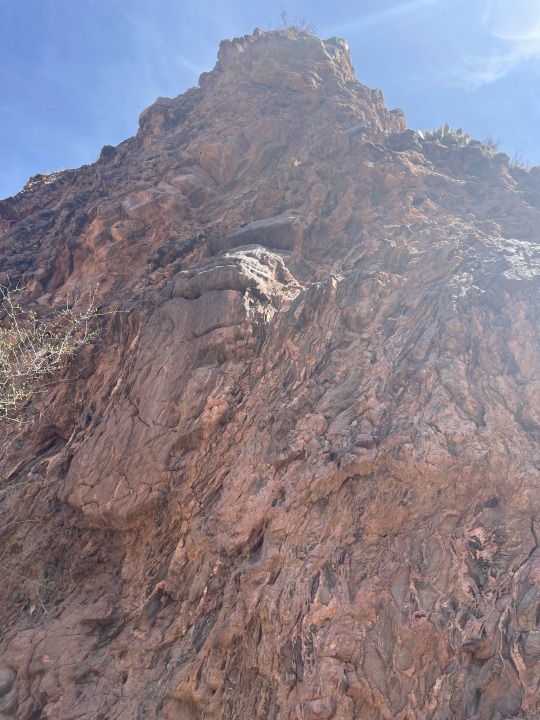


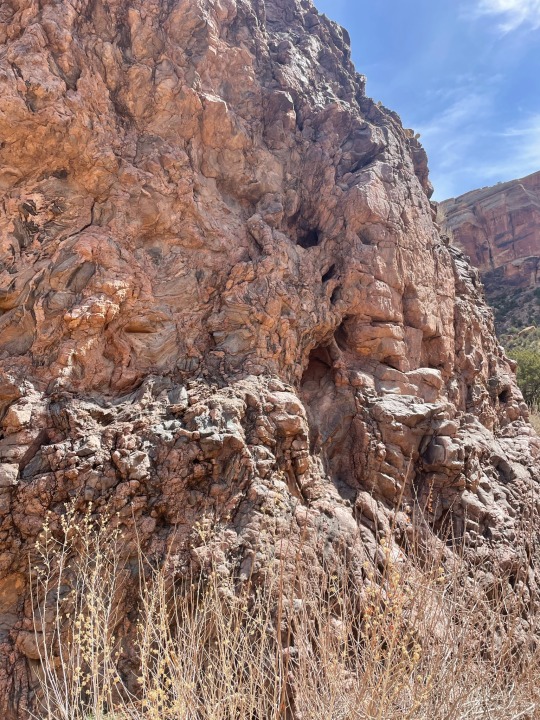
309 notes
·
View notes
Text

LaRue Burbank, mathematician and computer, is just one of the many women who were instrumental to NASA missions.
4 Little Known Women Who Made Huge Contributions to NASA
Women have always played a significant role at NASA and its predecessor NACA, although for much of the agency’s history, they received neither the praise nor recognition that their contributions deserved. To celebrate Women’s History Month – and properly highlight some of the little-known women-led accomplishments of NASA’s early history – our archivists gathered the stories of four women whose work was critical to NASA’s success and paved the way for future generations.
LaRue Burbank: One of the Women Who Helped Land a Man on the Moon
LaRue Burbank was a trailblazing mathematician at NASA. Hired in 1954 at Langley Memorial Aeronautical Laboratory (now NASA’s Langley Research Center), she, like many other young women at NACA, the predecessor to NASA, had a bachelor's degree in mathematics. But unlike most, she also had a physics degree. For the next four years, she worked as a "human computer," conducting complex data analyses for engineers using calculators, slide rules, and other instruments. After NASA's founding, she continued this vital work for Project Mercury.
In 1962, she transferred to the newly established Manned Spacecraft Center (now NASA’s Johnson Space Center) in Houston, becoming one of the few female professionals and managers there. Her expertise in electronics engineering led her to develop critical display systems used by flight controllers in Mission Control to monitor spacecraft during missions. Her work on the Apollo missions was vital to achieving President Kennedy's goal of landing a man on the Moon.
Eilene Galloway: How NASA became… NASA
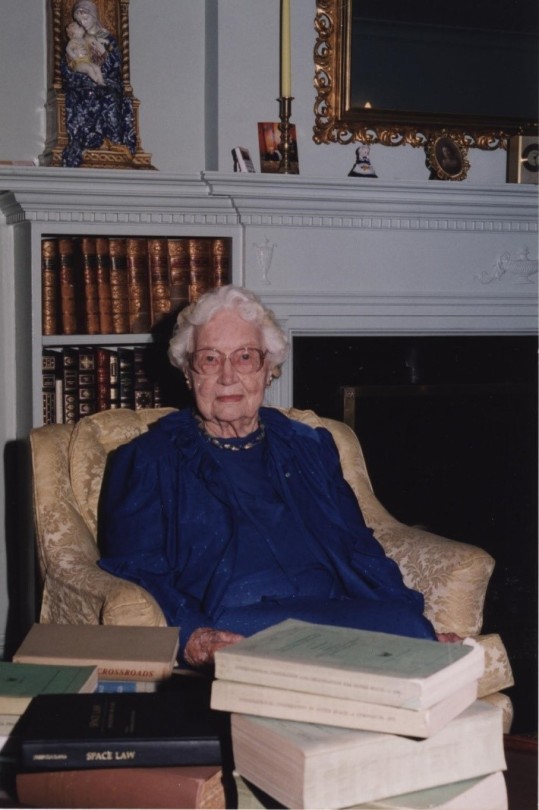
Eilene Galloway wasn't a NASA employee, but she played a huge role in its very creation. In 1957, after the Soviet Union launched Sputnik, Senator Richard Russell Jr. called on Galloway, an expert on the Atomic Energy Act, to write a report on the U.S. response to the space race. Initially, legislators aimed to essentially re-write the Atomic Energy Act to handle the U.S. space goals. However, Galloway argued that the existing military framework wouldn't suffice – a new agency was needed to oversee both military and civilian aspects of space exploration. This included not just defense, but also meteorology, communications, and international cooperation.
Her work on the National Aeronautics and Space Act ensured NASA had the power to accomplish all these goals, without limitations from the Department of Defense or restrictions on international agreements. Galloway is even to thank for the name "National Aeronautics and Space Administration", as initially NASA was to be called “National Aeronautics and Space Agency” which was deemed to not carry enough weight and status for the wide-ranging role that NASA was to fill.
Barbara Scott: The “Star Trek Nerd” Who Led Our Understanding of the Stars
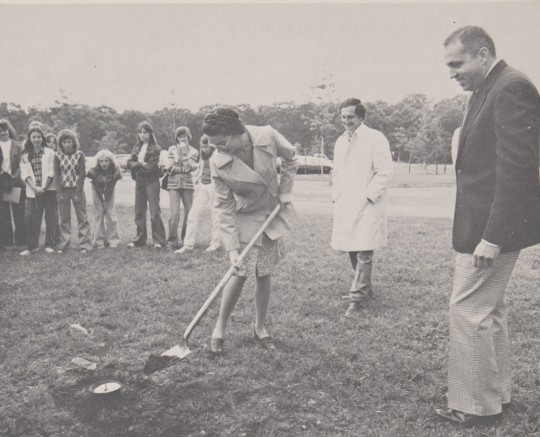
A self-described "Star Trek nerd," Barbara Scott's passion for space wasn't steered toward engineering by her guidance counselor. But that didn't stop her! Fueled by her love of math and computer science, she landed at Goddard Spaceflight Center in 1977. One of the first women working on flight software, Barbara's coding skills became instrumental on missions like the International Ultraviolet Explorer (IUE) and the Thermal Canister Experiment on the Space Shuttle's STS-3. For the final decade of her impressive career, Scott managed the flight software for the iconic Hubble Space Telescope, a testament to her dedication to space exploration.
Dr. Claire Parkinson: An Early Pioneer in Climate Science Whose Work is Still Saving Lives
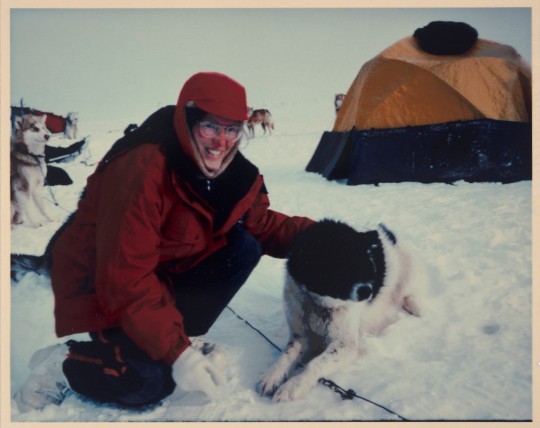
Dr. Claire Parkinson's love of math blossomed into a passion for climate science. Inspired by the Moon landing, and the fight for civil rights, she pursued a graduate degree in climatology. In 1978, her talents landed her at Goddard, where she continued her research on sea ice modeling. But Parkinson's impact goes beyond theory. She began analyzing satellite data, leading to a groundbreaking discovery: a decline in Arctic sea ice coverage between 1973 and 1987. This critical finding caught the attention of Senator Al Gore, highlighting the urgency of climate change.
Parkinson's leadership extended beyond research. As Project Scientist for the Aqua satellite, she championed making its data freely available. This real-time information has benefitted countless projects, from wildfire management to weather forecasting, even aiding in monitoring the COVID-19 pandemic. Parkinson's dedication to understanding sea ice patterns and the impact of climate change continues to be a valuable resource for our planet.
Make sure to follow us on Tumblr for your regular dose of space!
2K notes
·
View notes
Text
Banded Iron Formation

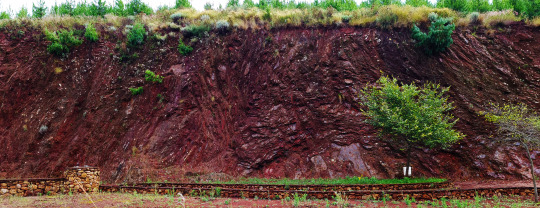
Here's a photo of a beautiful 3.4 Ga banded iron formation from the Barberton Geo Trail, South Africa. It's heavily weathered, but there was still some green underneath the oxides. Exposure is ~3m high. #Geology
59 notes
·
View notes
Text

Probably the most gorgeous twinning I've ever seen. Microcline in cross-polarized light exhibiting plaid/cross-hatched twinning.
[Image ID: a close-up photo of a rock thin section viewed through a microscope showing grains in shades of brown and gray. end ID]
72 notes
·
View notes
Text

1 note
·
View note

